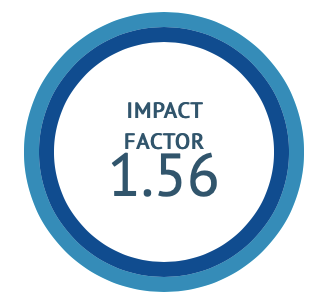Acute oral Toxicity Study of Sharpunkhadi granules on Swiss Albino Rats - A novel herbal formulation for Sickle Cell Anemia
DOI:
https://doi.org/10.47552/ijam.v16i2.5445Keywords:
Ayurved, Experimental, Sickle Cell Anaemia, Sickle Cell Disease, Sharpunkhadi granulesAbstract
Background: Sickle cell disease (SCD) is one of the most common global monogenic disorders with an autosomal recessive inheritance. It has been estimated that, between 2010 and 2050, about 14.2 million babies will be born with sickle cell anemia (SCA). Hydroxyurea, an essential anticancer drug is one of the most promising drugs for this condition used in present. However, decreased production of platelets, red blood cells, and white blood cells are the major known side effects of Hydroxyurea. Objectives: To determine median lethal dose of Sharpunkhadi granules when administered a single dose to rats, followed by an observation period of 14 days. Material and method: Sharpunkhadi granules is a novel self-designed formulation comprised of 8 herbs which possess Anticancer, Anti-inflammatory, Anti-oxidant, Immunomodulator, Analgesic and Hepatoprotective activities. The acute toxicity study of Sharpunkhadi granules was conducted as per the OECD Guideline for the testing of Acute Toxic Class Method No.423. Results: No mortality was observed in all treated rats at the dose level of 2000mg/kg B.wt. Based on the results, single oral administration of sharpunkhadi granules in female wistar rats at a dose level 2000 mg/kg b.wt. did not result in any mortality under the conditions and procedures followed in the study. Hence the LD50 cut off value for the test item was 5000 mg/kg b.wt. or infinitive. Conclusion: It was concluded that the novel herbal Sharpunkhadi granules are safe and might be a potential management option for Sickle Cell Anemia.
Downloads
Published
How to Cite
Issue
Section
License
Copyright (c) 2025 International Journal of Ayurvedic Medicine

This work is licensed under a Creative Commons Attribution-NonCommercial-ShareAlike 4.0 International License.
The author hereby transfers, assigns, or conveys all copyright ownership to the International Journal of Ayurvedic Medicine (IJAM). By this transfer, the article becomes the property of the IJAM and may not be published elsewhere without written permission from the IJAM.
This transfer of copyright also implies transfer of rights for printed, electronic, microfilm, and facsimile publication. No royalty or other monetary compensation will be received for transferring the copyright of the article to the IJAM.
The IJAM, in turn, grants each author the right to republish the article in any book for which he or she is the author or editor, without paying royalties to the IJAM, subject to the express conditions that (a) the author notify IJAM in advance in writing of this republication and (b) a credit line attributes the original publication to IJAM.




